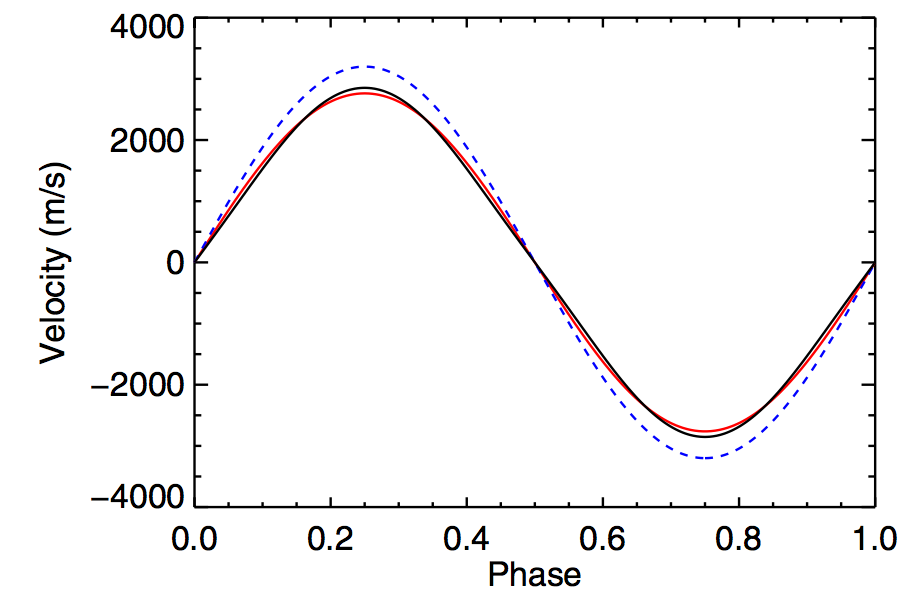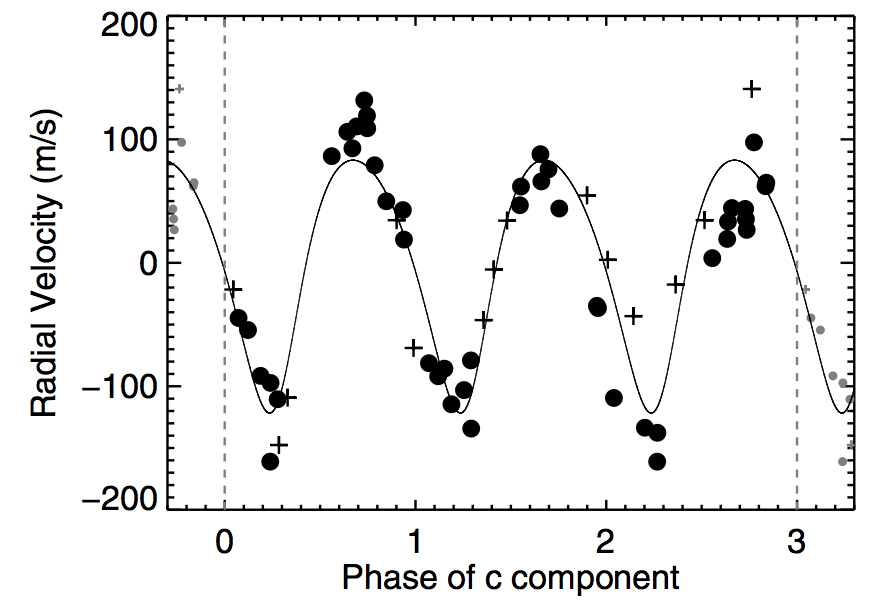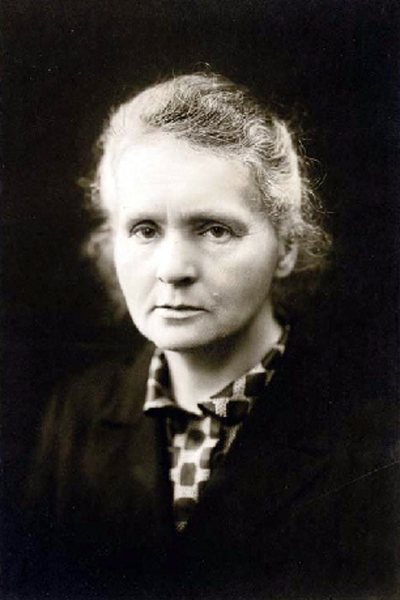Valid same sex marriages in the US will now be recognized by the federal government (so, Social Security benefits, joint tax returns, etc.) according to the Supreme Court. There are interesting politics in the decisions today, though.
First, Chief Justice Roberts dissents, pointing out firmly that nothing in the DOMA decision (
United States vs. Windsor) means that same-sex marriage is a constitutional right, or that states can’t keep the “one man and one woman” definition. He also tipped the court’s hand in Perry, pointing out that they would dismiss it on standing grounds later in the morning.
It’s Scalia, though, that has the really fascinating opinion here, one that I sort of agree with, in a weird way. He firmly believes that the majority in Perry (the “liberals” plus conservative, gay-rights-friendly Kennedy) are planting this opinion as a step towards finding a constitutional right to same-sex marriage. He spends a lot of time on this.
You see, Scalia would have dismissed the whole case on standing grounds, arguing that the US didn’t really want to win the case (that is, successfully defend the Defense of Marriage Act) and so there was no “case or controversy” — both sides agreed, so there is nothing to decide.
He accuses the US, and the majority in Windsor, of ginning up a fake controversy so that the the Supreme Court could write an opinion, binding on the lower courts, that would allow gay couples everywhere to challenge bans on same-sex marriage, even though that question was not before the court.
You see, back when Kennedy penned the decision in
Lawrence v. Texas (which declared so-called “anti-sodomy laws” unconstitutional) Scalia complained in his dissent that the decision would ultimately require that states recognize gay marriage (actually, his list famously went on to include prostitution, bigamy, bestiality and (*gasp*) masturbation, among other things). Kennedy’s decision in Lawrence actually claimed it did not require that, but Scalia’s warning was quite prescient.
Indeed, Scalia calls Kennedy out in Windsor for claiming it doesn’t mean same-sex marriage bans are unconstitutional, saying “I have heard such… disclaimers before” and citing Lawrence. This time he is even more explicit:
“In my opinion, however, the view that this Court will take of state prohibition of same-sex marriage is indicated beyond mistaking by today’s opinion.”
Whoa! I believe Scalia. He spends pages and pages backing this opinion up. Gay marriage would be found to be a constitutional right if the question were to reach the Supreme Court. Blow my mind.
But wait, that’s exactly the question the court decided today in
Hollingsworth v. Perry! But here there is a catch: the standing issue came up again, since here the State of California, which had passed Prop 8, banning same-sex marriage, declined to defend the law in court, and appointed the proposition’s defenders to represent it in court. In this case, though, 5 justices said that there was actually no controversy, since California wasn’t actually present in the case. This is confusing: in Windsor the US showed up as a petitioner but agreed with the respondent, and the Supreme Court found 5 votes to say that’s OK, we’ll let someone else defend the law, just so long as your name is on the case. But in this case because California wasn’t a party to the case and sent someone else instead, five justices said that’s not OK, and threw the case out.
Standing is a fuzzy issue that lets judges dodge tough cases when they want to; this reeks of a dodge, a plausible but unprincipled stand to play a longer game on the subject.
So what happened here? My bet:
Scalia and Roberts were sure that 5 justices wanted to make same-sex marriage legal everywhere. Roberts, seeing this dynamic, got the tossed the case on standing grounds. The weird thing is the five votes he got included Kagan, Breyer, and Ginsburg, who presumably were on the other side of the issue.
The dissent in Perry was written by Kennedy, who said not a word about same-sex marriage but blasted the standing argument, saying the court should have decided the case. This is weird, because at oral argument he was very uncomfortable with the case, and wondered aloud if the court should toss it as “improvidently granted” (another cop-out option). There was some speculation the Scalia had maneuvered to get the case heard at all exactly because he knew Kennedy would not want to decide the issue just yet.
Further, Kennedy has Thomas, Alito, and Sotomayor on his side. It is safe to say that Thomas and Alito would have found against same-sex marriage, and if we believe Scalia then Sotomayor is for making it national.
So my guess is that Roberts and Scalia voted to toss the case on standing lest same-sex marriage become a national right. Kagan, Breyer, and Ginsburg were perhaps happy to wait for a later date, perhaps when the court was more liberal, and especially since the decision in Windsor basically guarantees that result, anyway. And perhaps they really bought the standing argument as an important principle, or perhaps they disagreed with Scalia and Robert’s assessment of the outcome if it had been decided.
So why did Thomas and Alito sign on with Kennedy? Presumably because there was no downside, and they bought Kennedy’s argument. Thomas is usually quite principled, and perhaps the standing issue was just really important to him.
Complicated! Bottom line on same-sex marriage: it’s a federal, constitutional right in California, but nowhere else (huh?). Scalia predicts that if the Supreme Court gets to decide the case, the court will extend the right to all of the US.
So, who’s the first same-sex couple to follow Scalia’s advice and file for marriage in a state that bans it, citing Scalia’s dissent in Windsor as evidence that they should be able to get married?






 All of my descriptions passed with one exception: I mention Marie Curie’s husband and daughter, and mention that she was the first woman to win a Nobel Prize.
All of my descriptions passed with one exception: I mention Marie Curie’s husband and daughter, and mention that she was the first woman to win a Nobel Prize.